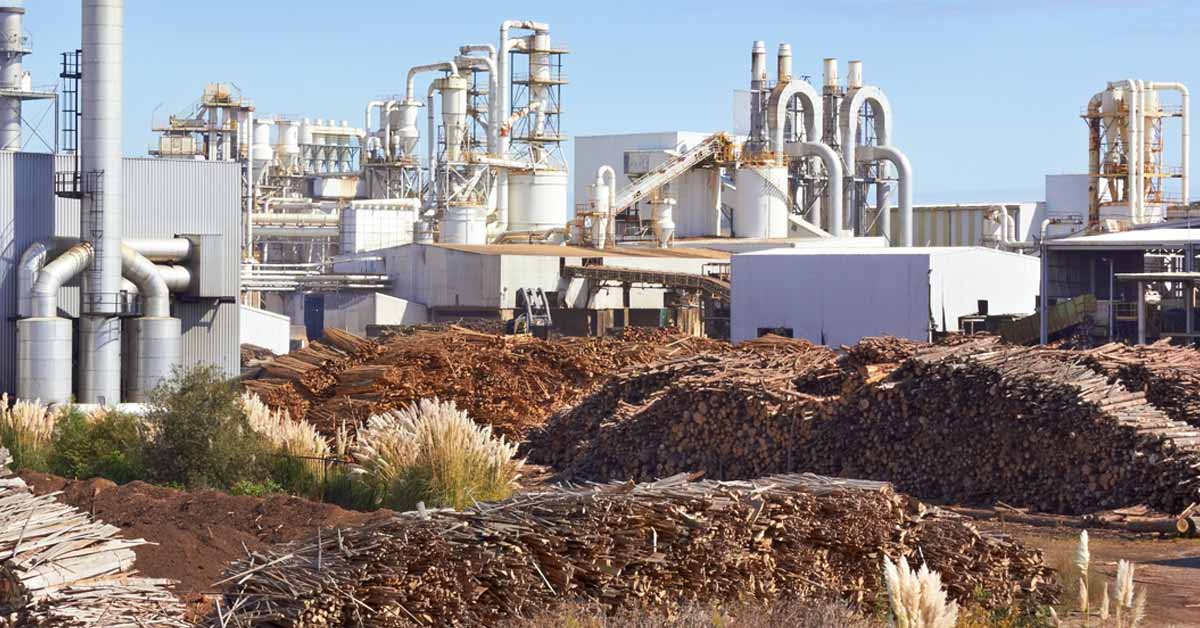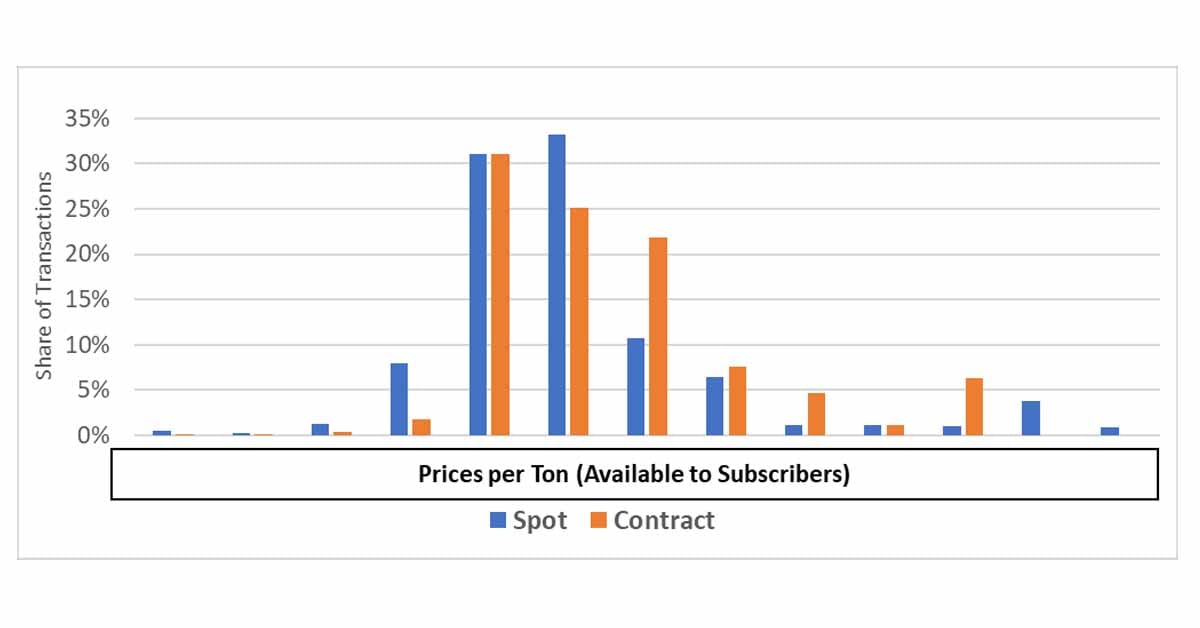On November 15, 2020, the 10 member countries of The Association of Southeast Asian Nations (ASEAN) (Brunei, Cambodia, Indonesia, Laos, Malaysia, Myanmar, the Philippines, Singapore, Thailand, and Vietnam), plus 15 additional countries (including China, Japan, South Korea, New Zealand and Australia) officially signed the Regional Comprehensive Economic Partnership agreement (RCEP) — forming the world’s largest super economic alliance led by China. Many analysts have pointed out that in an environment of rising protectionism and anti-globalization, the signing of the RCEP agreement, and the follow-up of trade policies that flow from it, will provide benefits to the leading enterprises that are involved in its supply chains.
RCEP is the only regional trade agreement that focuses on developing economies around the world. The agreement mainly involves common tariffs, rules of origin, investment access, intellectual property rights, competition policies and e-commerce guidelines. It aims to establish a free trade agreement with a unified market by reducing tariff and non-tariff barriers.
What do we know about RCEP member countries?
- The total population of RCEP member countries consists of 2.3 billion people, which accounts for 30% of the world’s total population.
- The intra-regional trade volume of RCEP is USD$10.4 trillion, which accounts for 27.4% of the global trade volume.
- In terms of economic aggregate, the GDP of member countries in 2019 was USD$25.6, accounting for 29.3% of the global economy.
- Among them, the total GDP of the 10 ASEAN countries in 2019 was USD$3.14 trillion, making up about one tenth of the total economic volume of RCEP. Although the size of ASEAN’s economy is not prominent among the member states, ASEAN has a population of 655 million, with great potential for future development.
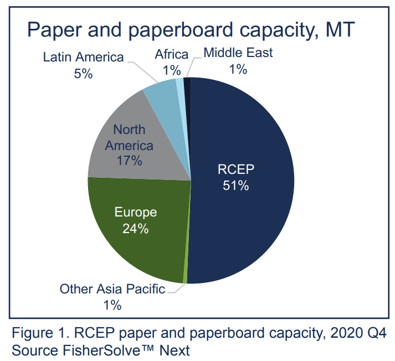
According to Fisher data, the current total paper production capacity of RCEP countries is about 250 million tons, accounting for roughly 50% of global paper production capacity (as shown in Figure 1). China, Japan and Indonesia are the top three papermaking countries in RCEP (as shown in Figure 2 below). Among them, China’s production capacity accounts for about 67%, which is much greater compared to the other countries. Currently, China’s total export of paper to RCEP countries is about 2 million tons and its primary export paper grades are cartonboard, printing & writing paper, and tissue paper, which are mainly distributed to Vietnam, Japan, South Korea, Thailand, Australia and Malaysia.
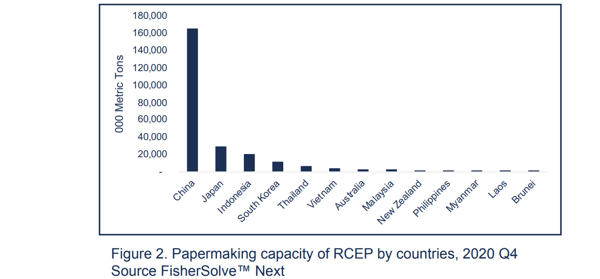
The tariff reductions of RCEP will ultimately help China’s paper industry enhance its export competitiveness in other RCEP countries. According to the published tariff commitment table (Table 1), the tariffs on paper and paperboard imported from China will gradually be reduced within the terms of the agreement, and zero tariffs will be enforced in the future in the main RCEP countries, except Vietnam.
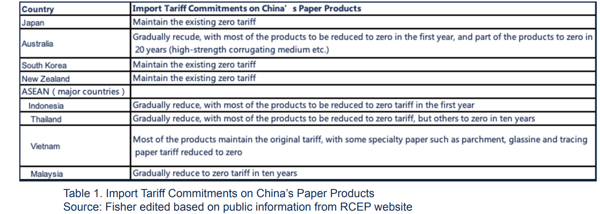
On the other hand, for paper imported to China from other RCEP countries, China will maintain the existing import tariff rate. For Chinese paper producers, this move not only protects the domestic papermaking industry, but also creates a favorable competitive environment for exports of their products, which could help alleviate the oversupply of domestic papermaking capacity to a certain extent. In addition, the signing of RCEP will promote the long-term economic development of RCEP countries at the macroeconomic level and benefit the ongoing development of the paper industry in the coming decades.








